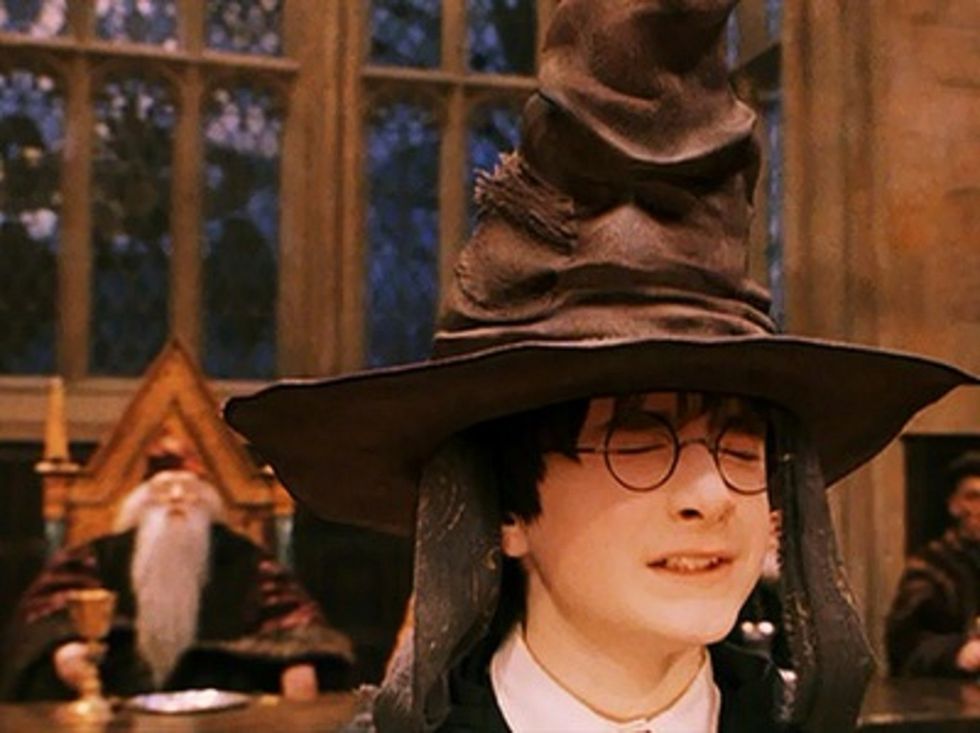“They just didn’t respond to anything. Take away their cell phones, no dessert, nothing worked” recounts George C. Garn, father of three and professional social media director. “I just had this thought like, I need to get creative, I need to find something that’ll make them listen.” That’s when a shelved VHS of Harry Potter and The Sorcerer's Stone struck George like so many apples to Newton’s head.
“We tried it with our oldest first. She punched another kid in her class and we decided to try it out.” A home video depicts George’s oldest daughter in their living room crowned with a dusty trilby. George whispers to her “Hmmmmmm….. Such potential…” George’s wife, Marsha Garn, winces and touches a jagged temporary tattoo on her forehead. “I see great potential in you…” George leans closer to the crinkled Todd Snyder, “potential for Slytherin… “ In an instant, the hat is across the room.
What’s clear is that the sorting hat method of parenting is effective. The Garns and parents like them have reported much higher obedience but at what cost? Many concerned parents worry that the threat of being placed in a house other than the iconic Gryffindor is disproportionate to any child’s behavior issues. “By suggesting they may belong in Slytherin, you lead them to believe that they are indeed meant to be Slytherins,” states Murray Straus, co-director of the Family Research Laboratory at the University of New Hampshire, “this does not encourage good behavior but rather creates a perception that they cannot escape their own devious nature.” The general consensus among psychologists and developmental behavior experts is that there are many inherent dangers to the sorting hat method. A concerned father writes “Thinking about makin’ out with Hermione got me through so many tough times growing up. Everyone knows that would be impossible if you were placed in Slytherin; that would be totally out of her character. You don’t strip a child of a rich network of support like that. You just don’t.”
















